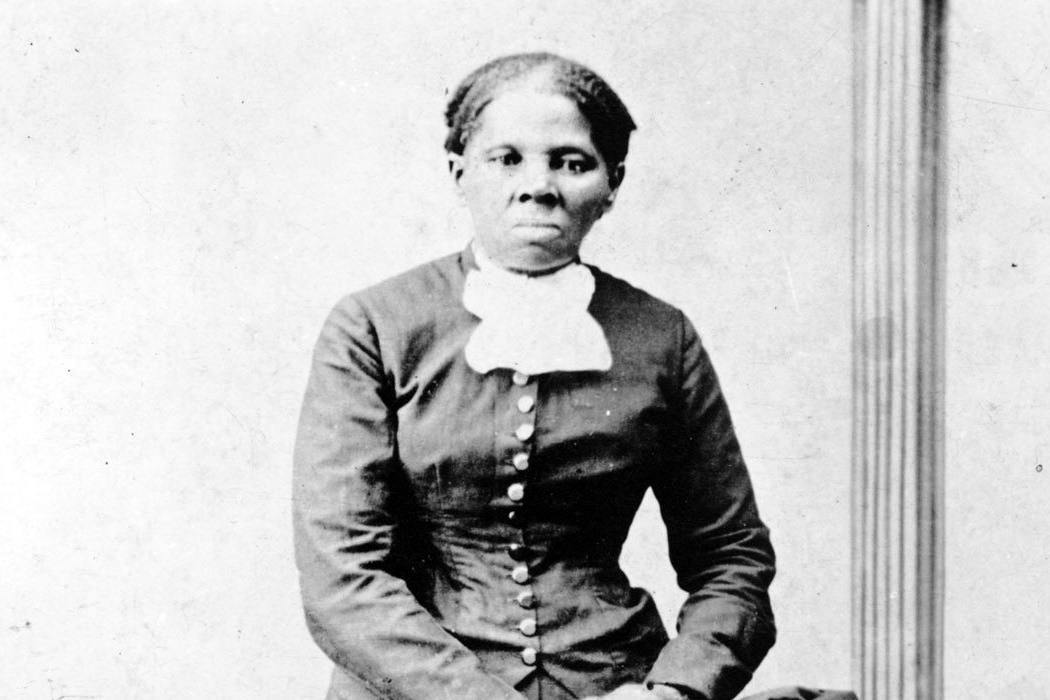One hundred and two years after her death, Harriet Tubman has won a vote to replace Andrew Jackson on the twenty-dollar bill. The contest was sponsored by WomenOn20s, a grassroots project dedicated to having a female presence on our money. It has no official standing, so it remains to be seen if Tubman, or any one else, replaces Jackson, but the debate has been engaged.
Most Americans probably learned about Tubman when they were young. There are, after all, at least forty children’s books telling Tubman’s story. However, some grown-up takes wouldn’t hurt for a refresher.
Tubman was born into slavery in Maryland in 1820 or 1821. She escaped to become an ardent abolitionist and feminist. During the Civil War, she served the nation in many capacities, perhaps most notably as a spy. She even led Union troops into combat, making her the first known woman to do so. In 1898, Tubman applied for a military pension; her application is reproduced in Kahlil Chism’s article on the “Spy, Veteran, and Widow” in OAH Magazine of History.
It may come as a surprise to Americans that Canadians, too, claim Tubman as a national hero. The “North Star” of freedom had been a haven for escaped slaves and free blacks since the American Revolution. Chantal N. Gibson and Monique Silverman, in the bilingual RACAR, explore Tubman’s “extraordinary ability to cross geographical, gendered, and raced boundaries undetected,” by examining her best-known portrait. They also challenge Canada’s self-mythology of being a Promised Land, a point of pride, they argue, that has elided that nation’s own history of slavery.
Gibson and Silverman write, “A photograph can only capture what lies in front of the lens. It can never tell an entire story.” Something similar can be argued for a face, any face, engraved onto money.







